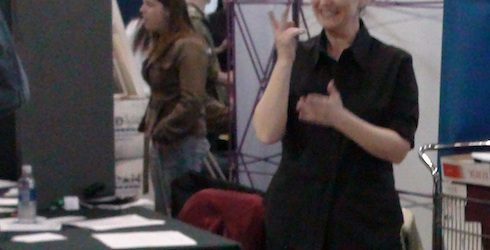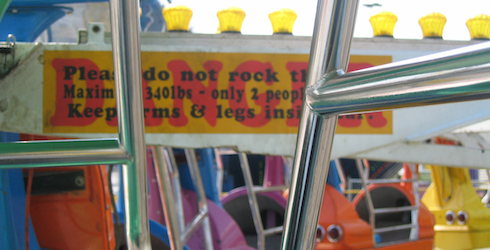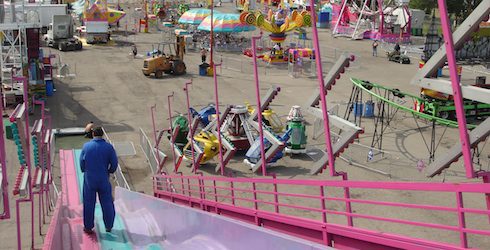I would like to thank the Academy, er, the Executive Council of the Association of Canadian Ergonomists for designating me a Fellow of the Association at the 2011 Annual Meeting.

Kathryn Woodcock, PhD CCPE ICAE PEng
Professor
I would like to thank the Academy, er, the Executive Council of the Association of Canadian Ergonomists for designating me a Fellow of the Association at the 2011 Annual Meeting.

Johnson, R., Woodcock, K., Abdoli-E., M., 2011. Factors in subjective workload in sign language interpretation. Proceedings of the Association of Canadian Ergonomists, London ON, 18-20 October, 6 pgs.
Abdoli-E., M., Johnson, R., Fischer, S., Woodcock, K., 2011. Dynamic loading of upper extremity joints with sign language. American Society of Biomechanics, Long Beach CA, August 1.
As Labour Day approaches, thoughts turn to teaching. There are those who think research is what academics really prefer to do, that research entails hiding in the lab or library far from real problems, and that we teach only under duress. However, that has certainly not been my experience with either teaching or research.
Continue reading “Teaching”
For the past five years or so, we have been compiling, reviewing and extending the relatively scant scientific evidence about musculoskeletal injuries and sign language interpreting (SLI).
Continue reading “Trouble signs”
Decision-making succeeds when the decision produces a desirable outcome and fails when it produces an undesirable outcome. Decision-making can fail when a person does not perceive, ignores, cannot understand, or gives improper weight to a piece of relevant information.
Continue reading “Decision making: words and meaning”
Human factors research is focused on solving authentic end-user problems. The first key to solving a problem is to define it and authentically understand the problem. The only way to do that is through engagement with end users and the problem domain. If I want to solve a problem related to amusement rides, then I have to spend time on the midway. I have to spend time not just looking at them but listening to them. If I focus on “efficiency” of the use of my time, I risk seeing them as the variables and comparing them to the norms I bring with me. If I want to solve their problems, I need to muster the generosity to spend enough time to understand what features of the midway are actually constants.
Continue reading “Where is the lab?”Through this blog, I will comment on human factors engineering and ergonomics (HF/E), so a fair starting point is what does HF/E mean to me?
Continue reading “Where did I come from and where am I now?”A trip to a theme park or carnival is often the highlight for families and friends every year. Although amusement riders are rarely injured on rides, most investigation reports have found that the riders behaved incorrectly prior to the accident event. A Canadian researcher is looking to change this through her research on amusement ride safety.
Continue reading “Rider Behaviour: Keeping amusement rides safe and enjoyable”Fischer, S., Woodcock, K. 2009. Prevention of musculoskeletal disorders: Toward evidence-based workload norms for Sign Language Interpreters in Canada. Proceedings of the Association of Canadian Ergonomists. CD-ROM, 6 pages.